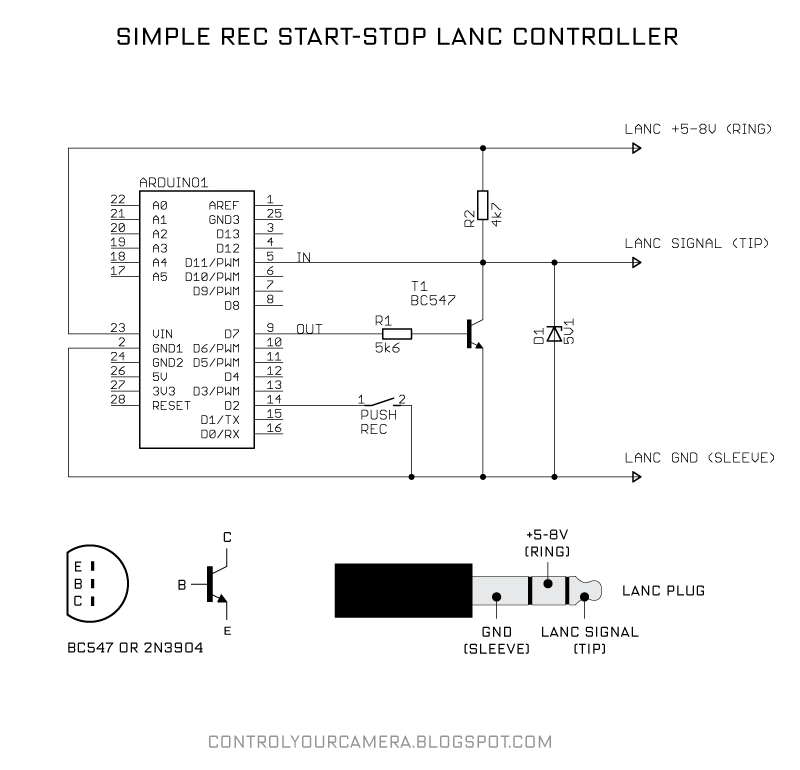I am working on a simple Sony Lanc camera control specifically running on the ESP32.
There are many examples running on Arduino but I have not found any that work for me on the ESP32. I believe the problem lies in the following piece of code particularly the use of pulseIn at the first while statement. All I am looking to do is listen for the pause before another 8bit packet is sent from the camera. Any help would be much appreciated.
while (cmdRepeatCount < 5) { //repeat 5 times to make sure the camera accepts the command
while (pulseIn(lancPin, HIGH) < 5000) {
//"pulseIn, HIGH" catches any 0V TO +5V TRANSITION and waits until the LANC line goes back to 0V
//"pulseIn" also returns the pulse duration so we can check if the previous +5V duration was long enough (>5ms) to be the pause before a new 8 byte data packet
//Loop till pulse duration is >5ms
Serial.println("<No Lanc Start>");
}
//LOW after long pause means the START bit of Byte 0 is here
Serial.println("<Start bit arrived>");
delayMicroseconds(bitDuration); //wait START bit duration
//Write the 8 bits of byte 0
//Note that the command bits have to be put out in reverse order with the least significant, right-most bit (bit 0) first
for (int i=7; i>-1; i--) {
Serial.println("<Writting bits>");
digitalWrite(cmdPin, lancBit[i]); //Write bits.
delayMicroseconds(bitDuration);
}
//Byte 0 is written now put LANC line back to +5V
digitalWrite(cmdPin, LOW);
delayMicroseconds(10); //make sure to be in the stop bit before byte 1
while (digitalRead(lancPin)) {
//Loop as long as the LANC line is +5V during the stop bit
}
//0V after the previous stop bit means the START bit of Byte 1 is here
delayMicroseconds(bitDuration); //wait START bit duration
//Write the 8 bits of Byte 1
//Note that the command bits have to be put out in reverse order with the least significant, right-most bit (bit 0) first
for (int i=15; i>7; i--) {
digitalWrite(cmdPin,lancBit[i]); //Write bits
delayMicroseconds(bitDuration);
}
//Byte 1 is written now put LANC line back to +5V
digitalWrite(cmdPin, LOW);
cmdRepeatCount++; //increase repeat count by 1
/*Control bytes 0 and 1 are written, now don’t care what happens in Bytes 2 to 7
and just wait for the next start bit after a long pause to send the first two command bytes again.*/
}//While cmdRepeatCount < 5
